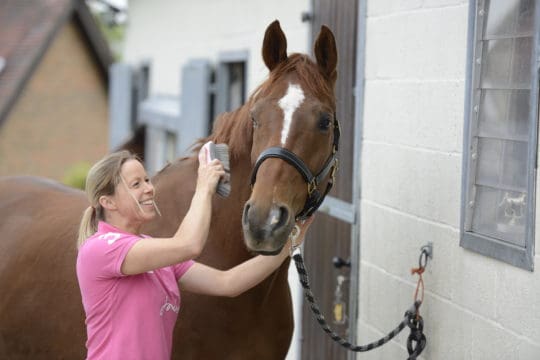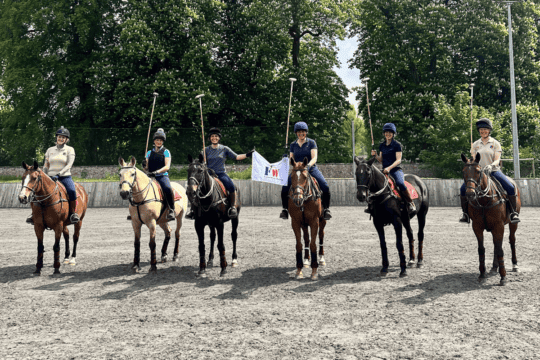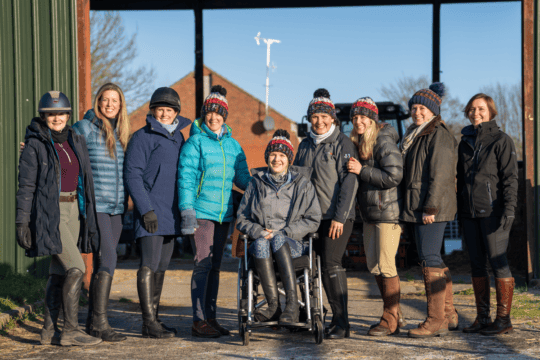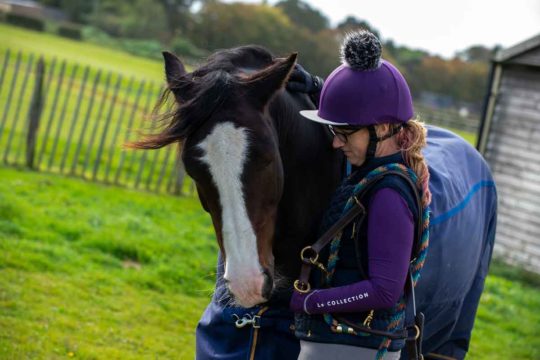
Most Read Articles
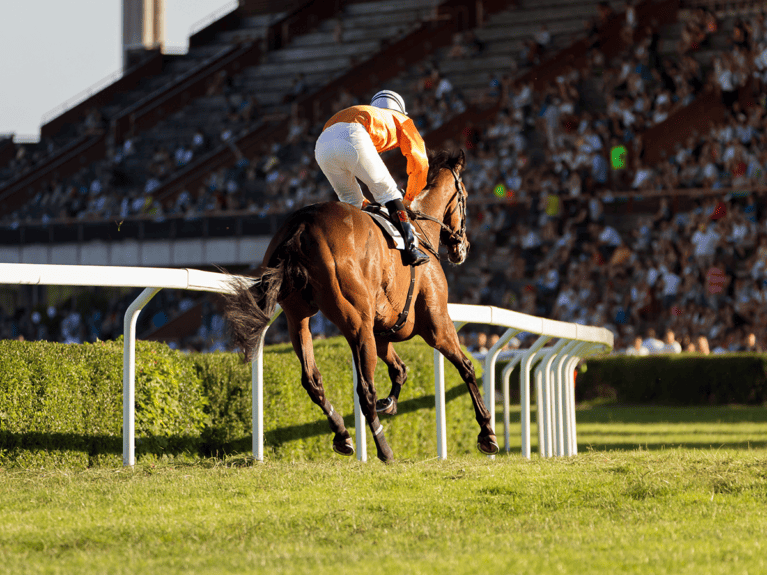
Horse racing has an ancient history but remains as popular as ever in the 21st century
Horse racing has long been part of British culture, its earliest history dating from the time of the Roman occupation, and now, centuries later, its popularity as a sport continues unabated today.
Back in the Roman days, racing was in the form of chariot races and other equestrian events, and it wasn’t until 1174, in the reign of Henry II, that, in Smithfield in London, the first ridden horse race ever recorded took place.
Over the following centuries, the number of both formal and informal racing events quickly grew so that by the 18th century, racing had become a significant industry in the UK. Prestigious venues such as Ascot and Newmarket had been developed and, despite racing being dubbed the Sport of Kings due to its royal patronage and the high costs involved, race meets were attracting enthusiasts from all walks of life, from the richest to the poorest.
Visit the site: melbourne-cup.online
Technological revolutions
Then, in the 19th century, came the Industrial Revolution and, with it, the development of the railway, which allowed for much more mobility within the general population. This increased ability to travel meant new racing venues could be opened, including Aintree and Epsom Downs, both of which have remained important and popular courses ever since. The first Grand National was held in 1839 and quickly went on to become a national institution.
New technologies, such as radio and television, in the 20th century continued to bring racing to an ever-wider audience and, as an industry, it expanded rapidly with just a short break due to the Second World War in the early 1940s when many races were cancelled. Nevertheless, the nation’s love of racing allowed the sport to bounce back from this challenge once the war was over and the commercialisation that had begun earlier in the century continued to pick up speed.
Benefits for all
Today, racing is a major sporting industry within the UK and has a huge economic impact by providing thousands of jobs and generating millions of pounds in revenue each year. While it offers careers for those directly involved in the sport, such as trainers, jockeys, and breeders, it also presents opportunities for those who support the industry, including vets, farriers, feed suppliers, etc.
Then there are the indirect benefits to the general and local economies, too, for example in hospitality, transport, retail and catering. Furthermore, the horse racing industry and the individual events within it also often donate considerable sums to a large number and type of charities, thereby recognising a social responsibility to the wider UK community.
The perfect day out
Of course, for racegoers, attending a race event represents more than simply an enjoyable day out. It offers the chance to dress up, to socialise (which, in itself, has been shown to have benefits mentally) and to experience the thrill of the races. This is especially true when it comes to attending the major racing festivals, including Royal Ascot, the Epsom Derby, Glorious Goodwood, the Aintree Festival (featuring the Grand National) and the Cheltenham Festival. Each of these major events has its own unique history, steeped in tradition, and its own special atmosphere.
These racing festivals have become important and major fixtures in the annual British sporting and cultural calendars and are wonderful places to see top international horses and riders in action in a thrilling and highly competitive sport that continues to remain as popular as ever.
Top racing festivals
Cheltenham Festival: One of the highlights of the British sporting calendar and held over four days in March at Cheltenham Racecourse in Gloucestershire, the festival features several high-profile races, including the Cheltenham Gold Cup and the Champion Hurdle. With 28 races taking place during the four days and the sport’s biggest names taking part, it’s a major event for the betting industry, while for the racegoers, it provides an opportunity to enjoy the famously electric Cheltenham atmosphere and to dress up and make a fashion statement.
Epsom Derby: Dating from 1780, the Derby is one of the oldest – and most prestigious – flat races in the world. It takes place annually at Epsom Downs Racecourse in Surrey and is a Group 1 race open to three-year-old colts and fillies, who run over a course of one mile, four furlongs and six yards. Other big races during the meet include the Oaks and the Coronation Cup. Not only is it an important sporting event that attracts some of racing’s biggest names, it’s also known for its lively social aspect, too.
Royal Ascot: With 30 races taking place over five days in June, Royal Ascot is one of the most popular sporting events in the UK thanks to its royal connections and patronage, and its reputation as a place to see and be seen. It’s famous for its strict dress code, featuring high-stakes fashion and elegance, but there are also many leading flat races to enjoy, including the Gold Cup and the Diamond Jubilee Stakes.
Glorious Goodwood: This five-day flat-race event in July or August is held every year at the beautiful Goodwood Racecourse in the heart of the South Downs National Park in West Sussex. It’s famous for its relaxed, informal atmosphere, along with picnics and Champagne on the lawns, while a highlight of Ladies’ Day is the best-dressed competition. The racing is among the best in the world with 35 races taking place over the course of the festival, including the Sussex Stakes and the Goodwood Cup.
Aintree Festival: A three-day jump festival that takes place in April each year at Aintree Racecourse in Liverpool, it’s home to the Grand National, which is among the most famous horse races in the world. For jockeys, trainers and owners, the National trophy is one of the sport’s most coveted prizes. The gruelling handicap steeplechase, with 40 horses racing, takes place over four miles 514 yards and features 30 jumps. It regularly attracts a racing crowd of more than 150,000, as well as millions of television and online viewers in the UK and around the globe. Part of the National’s appeal is its high level of unpredictability and excitement, and it’s not unusual for ‘outsiders’ with long odds to be first past the post, which just adds to the thrill. It’s not surprising, then, that the Aintree Festival, with its exciting racing and electric atmosphere, is truly one of the highlights of the British sporting year.
A day at the races
Each of these festivals has its own personality and characteristics, from the excitement and glamour of Royal Ascot to the challenge and drama of the Grand National. Hundreds of thousands of racegoers attend these world-class, prestigious events to see the top racing names pitted against each other, and there’s certainly something for everyone from any walk of life to enjoy, whether they’re a seasoned racing fan or a newcomer to the sport. A day at the races has always been an integral part of British culture and it still remains today a great way to create wonderful memories that will last a lifetime.

